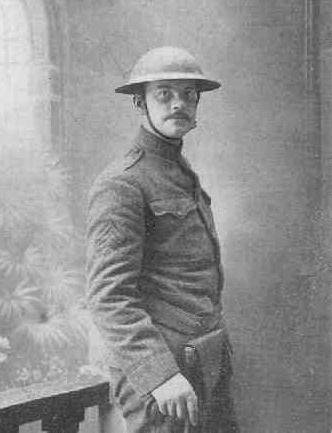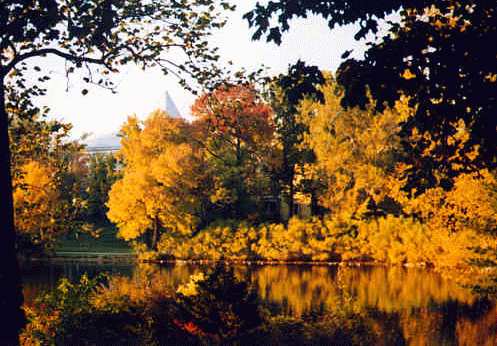
Notre Dame's Grotto / by Dorothy V. Corson


A Poet Linked to the Grotto
In 1913, a poet associated with Notre Dame, the Grotto, and the trees on campus, appeared on the scene -- Joyce Kilmer.
A brochure in the University Archives entitled, University Statue Shrine Stories, contains an interesting reference to Kilmer and the Grotto. In its pages, Father Henry Kemper speaks of a former classmate:
My old Notre Dame classmate, Charley O'Donnell, who later became Poet Laureate of Indiana and president of his alma mater, Notre Dame, was a personal friend of the poet, Joyce Kilmer.
They say the big tree that shades Our Lady's niche "a tree that looks at God all day and lifts her leafy arms to pray," was the inspiration that made the patriot convert, Joyce Kilmer, famous, with his best-known poem. Kilmer volunteered in The Fighting Irish Brigade and was killed in action July 30, 1918 at the age of 32. The original flag of the Irish Brigade, carried through the civil war by General Meagher's boys was presented to Notre Dame last summer.(167)
On the right side of the Grotto steps leading to the church, is a huge stump that must have once been "the big tree that shades Our Lady's niche." If it were true that it had inspired the poem, "Trees," what a lovely story to be associated with the Grotto. Hardly a child goes through his schooling without having come in contact with Kilmer's poem:
His biographer, Robert Holliday, speaks of "Trees" and describes Kilmer as a poet:
In letters sent home during the war in Europe, Kilmer wrote:
A thesis written about Kilmer in 1927 by a friend of the family, Sister Roberta Bresnan -- "Home Life as a Theme in the poetry of Joyce Kilmer" -- speaks of Kilmer:
A description of the campus -- the way Joyce may have viewed it when he was there -- was penned by a writer in an 1886 newspaper. It confirms that the tradition of praying places among the trees was as much in evidence at Notre Dame then as now.

For such a memorable poem to be associated with the Grotto, would be an honor worthy of every effort made to verify it. |